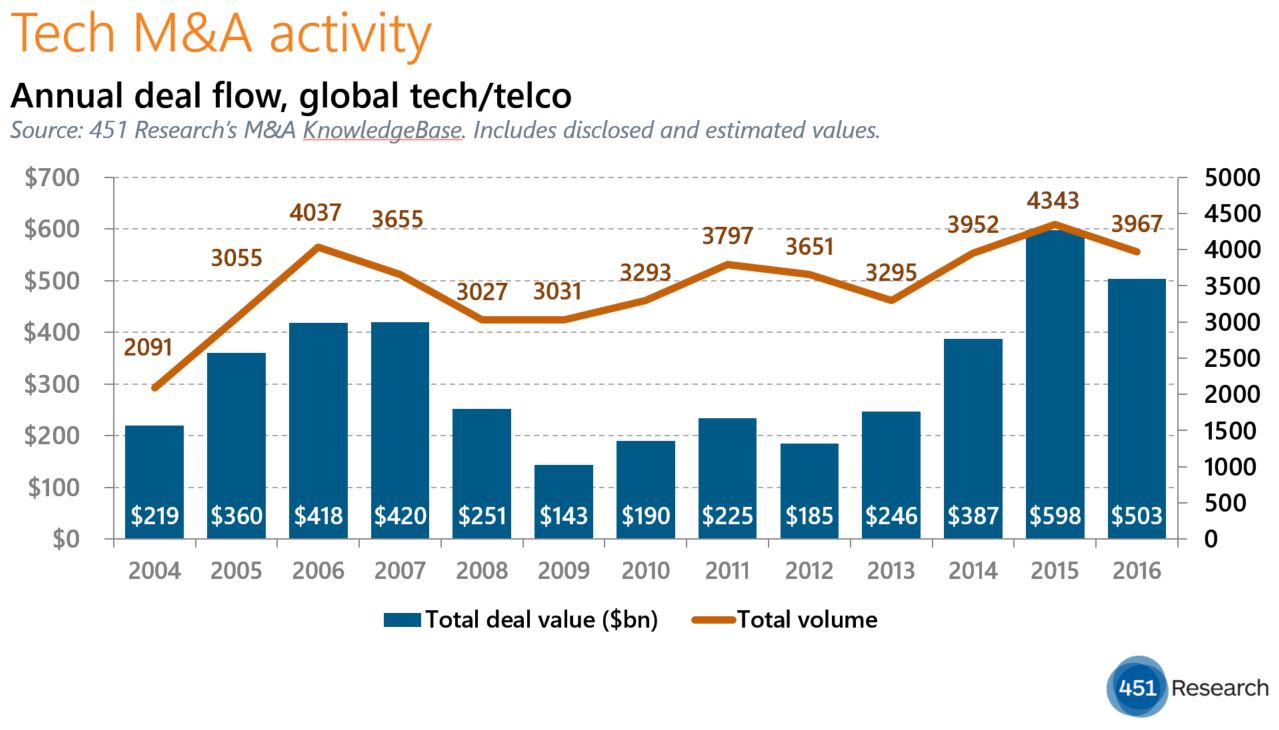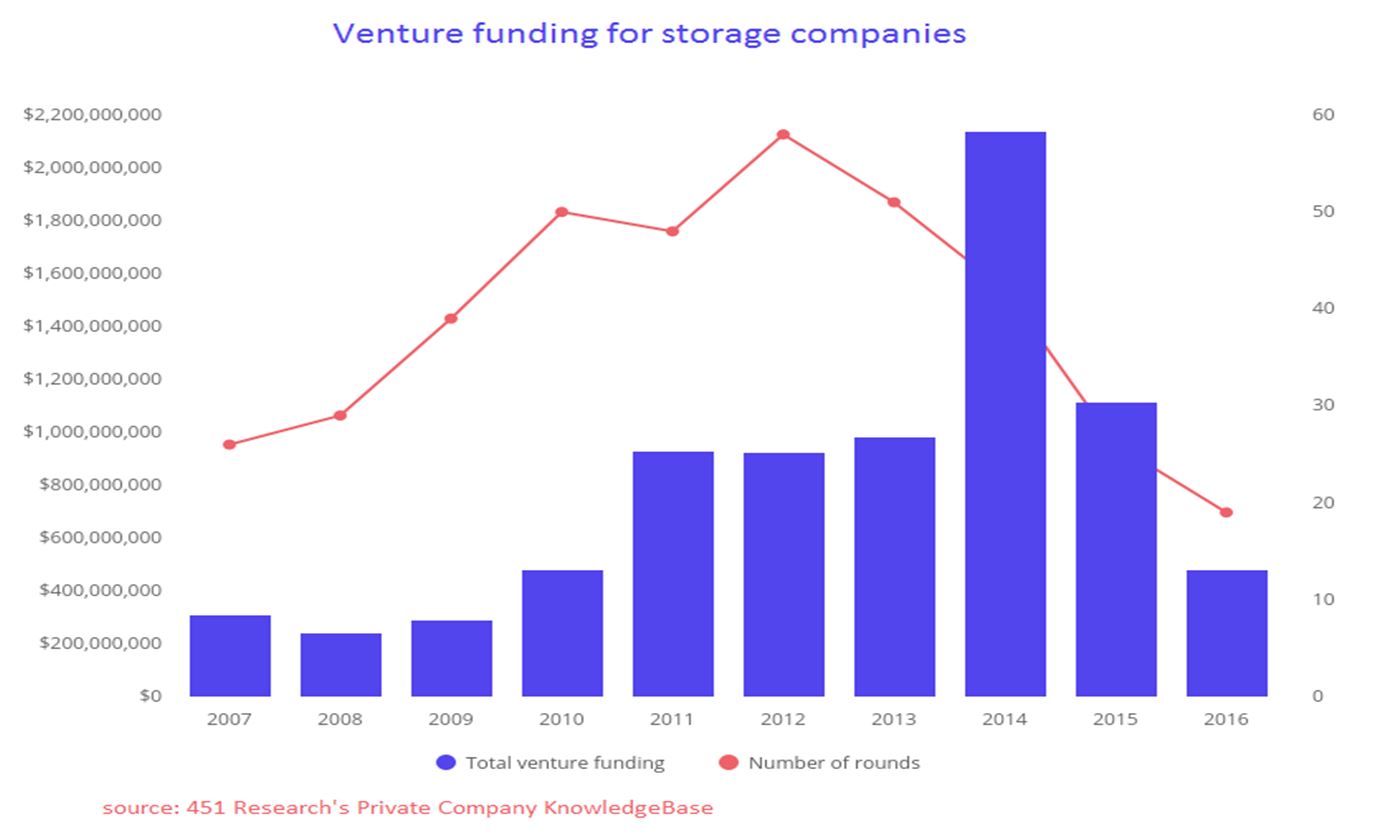Contact: Brenon Daly
Unlike a fair number of late-stage startups, MuleSoft is no donkey trying to pass itself off as a unicorn. The fast-growing data-integration specialist has tripled revenue over the past three years, and appears to be on track to put up about $250m in sales this year. More importantly, MuleSoft is not hemorrhaging money. That should play well on Wall Street, which has telegraphed that it will no longer reward the growth-at-any-cost strategy at startups that want to come public (ahem, Snap Inc).
Assuming MuleSoft does indeed make it to the NYSE, where it will trade under the ticker MULE, it would mark the first enterprise technology IPO since last October. Of course, Snap is currently on the road, telling potential investors that its business model, which consists of hardware and disappearing messages, is the next Facebook rather than the next Twitter. But we’ll leave aside the offering from that consumer technology vendor, which just might be able to convince investors that losing a half-billion dollars last year, which is about $100m more than it booked as revenue, is a sustainable or even desirable business model.
Instead of Snap’s planned IPO, MuleSoft’s offering lines up more closely with fellow infrastructure software provider AppDynamics. (At least up to the point where Cisco comes in with a too-good-to-be-ignored $3.7bn offer.) A glance at the prospectus from each vendor shows both growing at a rapid clip (AppDynamics posted a slightly higher rate, even off a bigger base) and posting GAAP numbers that were at least headed out of the red (MuleSoft lost less than AppDynamics, on both an absolute and relative basis). Also, both firms had annual customer retention rates, measured by dollars spent, of roughly 120%. Wall Street eats up that sort of metric.
MuleSoft raised roughly $250m in total funding, most recently announcing a $128m round in mid-2015. With investors clamoring for growth tech companies right now, MuleSoft could certainly start life as a public entity with a double-digit multiple. Maybe not the nearly 18x trailing sales that AppDynamics commanded in its sale to Cisco. (After all, that was terminal value, not trading value.) But MuleSoft could almost undoubtedly convince Wall Street that it’s worth a premium to Talend, a rival data-integration vendor that came public last summer and currently trades at about 7x trailing sales. MuleSoft is larger than Talend and – more importantly to Wall Street – it is growing twice as fast. That profile will likely boost MuleSoft’s initial valuation on Wall Street to north of $2bn, or 10x its trailing sales of $190m.
| 2016 enterprise tech IPOs* | |
| Company | Date of offering |
| SecureWorks | April 22, 2016 |
| Twilio | June 23, 2016 |
| Talend | July 29, 2016 |
| Apptio | September 23, 2016 |
| Nutanix | September 30, 2016 |
| Coupa | October 7, 2016 |
| Everbridge | October 11, 2016 |
| BlackLine Systems | October 27, 2016 |
| Quantenna Communications | October 27, 2016 |
| Source: 451 Research *Includes Nasdaq and NYSE listings only |






